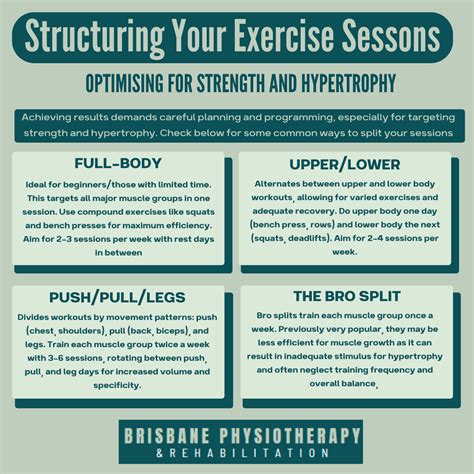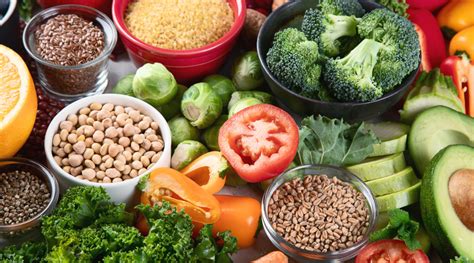How to avoid afternoon energy crashes with smart meal timing and macros for sustained focus?

Understanding the Afternoon Slump
Many of us have experienced it: that sudden dip in energy, focus, and productivity that often strikes in the mid-afternoon. This isn’t just a sign of needing more coffee; it’s often a physiological response to how and what we eat, particularly related to fluctuations in blood sugar. After a heavy, refined-carb-rich lunch, your body might experience a rapid spike in blood glucose, followed by an equally rapid crash as insulin works to bring levels down. This roller coaster leaves you feeling sluggish, sleepy, and unable to concentrate.
The good news is that these energy crashes are not inevitable. With a conscious approach to meal timing and macronutrient balance, you can stabilize your energy levels, maintain sharper focus, and power through your entire day with consistent vitality.

The Art of Smart Meal Timing
Timing your meals isn’t just about ‘when you’re hungry’; it’s about providing your body with a steady stream of fuel. Skipping meals, especially breakfast, can set you up for overeating later and create a more volatile blood sugar curve.
- Start Strong with Breakfast: A balanced breakfast stabilizes blood sugar from the get-go, kickstarting your metabolism and preventing mid-morning slumps. Aim for a mix of complex carbs, protein, and healthy fats.
- Strategic Lunch: Avoid overly large or carbohydrate-heavy lunches that can lead to a post-meal energy dump. Focus on lean protein, plenty of vegetables, and a modest portion of complex carbs.
- Mid-Afternoon Mini-Meals: If your lunch is early or your dinner is late, a small, balanced snack between meals can be a lifesaver. This prevents extreme hunger and keeps blood sugar steady, staving off that afternoon crash before it even begins.
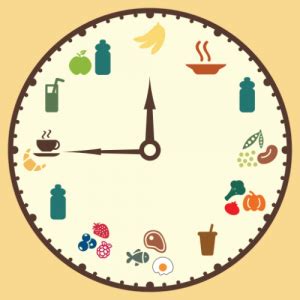
Macros for Maximum Sustained Energy
While timing is crucial, the composition of your meals – your macronutrients – plays an equally vital role in energy stability. Macronutrients are carbohydrates, proteins, and fats, and each contributes differently to your energy profile.
Complex Carbohydrates: Your Steady Fuel
Not all carbohydrates are created equal. Simple carbohydrates (sugary drinks, white bread, pastries) cause quick spikes and subsequent crashes. Complex carbohydrates, rich in fiber, are digested slowly, providing a sustained release of glucose into your bloodstream. This slow release prevents sharp insulin responses and keeps your energy levels stable.
- Choose: Whole grains (oats, quinoa, brown rice, whole wheat bread), legumes (lentils, beans), starchy vegetables (sweet potatoes, squash).
- Avoid/Limit: White bread, pasta, sugary cereals, candy, processed snacks.
Lean Proteins: The Satiety and Stability Superstars
Protein is essential for satiety and plays a significant role in balancing blood sugar. It slows down the digestion of carbohydrates, moderating glucose release and helping you feel full for longer, reducing the urge to snack on unhealthy items.
- Choose: Chicken breast, fish, lean beef, eggs, Greek yogurt, tofu, tempeh, nuts, seeds.
- Include in every meal: Aim for a palm-sized portion of lean protein with each main meal.

Healthy Fats: Long-Lasting Energy and Nutrient Absorption
Healthy fats are crucial for long-term energy, hormone production, and the absorption of fat-soluble vitamins. Like protein, fats slow digestion, contributing to sustained fullness and stable blood sugar.
- Choose: Avocados, nuts (almonds, walnuts), seeds (chia, flax, pumpkin), olive oil, fatty fish (salmon, mackerel).
- Incorporate wisely: A small amount of healthy fat at each meal can make a big difference.
Crafting Your Crash-Proof Daily Meal Plan
Let’s put it all together. Here’s an example of how you might structure your day for sustained energy:
- Breakfast (7-8 AM): Oatmeal with berries, a scoop of protein powder, and a sprinkle of chia seeds.
- Lunch (12-1 PM): Large salad with grilled chicken or chickpeas, mixed greens, an assortment of colorful vegetables, a small portion of quinoa, and an olive oil vinaigrette.
- Mid-Afternoon Snack (3-4 PM): Apple slices with a tablespoon of almond butter, or a handful of mixed nuts.
- Dinner (6:30-7:30 PM): Baked salmon with roasted sweet potatoes and steamed broccoli.
This approach ensures a continuous supply of balanced nutrients, preventing the drastic peaks and troughs that lead to energy crashes.
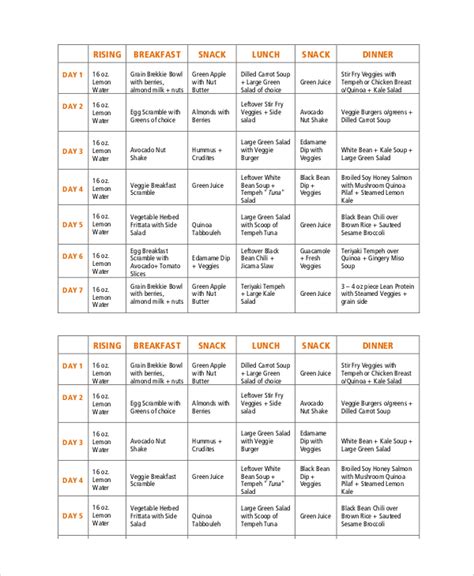
Beyond the Plate: Hydration, Movement, and Rest
While food is paramount, remember that other lifestyle factors also influence your energy. Staying well-hydrated throughout the day is crucial for all bodily functions, including energy production. Light physical activity, even a short walk, can boost circulation and mental alertness. And never underestimate the power of adequate, quality sleep in recharging your batteries.
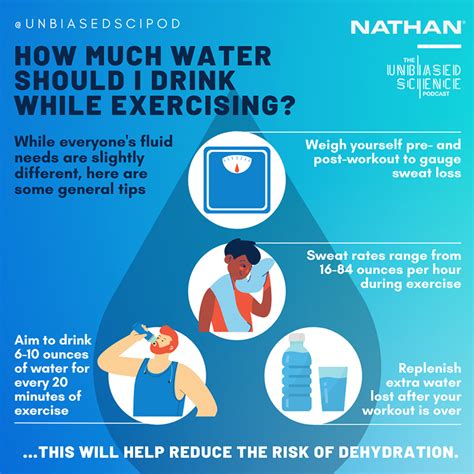
Conclusion: Fuel Your Focus, Conquer Your Day
Eliminating afternoon energy crashes isn’t about deprivation or complex diets; it’s about smart, informed choices. By consistently applying principles of strategic meal timing and balancing your macronutrients – prioritizing complex carbs, lean proteins, and healthy fats – you can empower your body to maintain stable blood sugar, consistent energy, and unwavering mental focus. Make these small, sustainable changes and transform your afternoons from a dreaded slump into a period of continued productivity and vitality.




